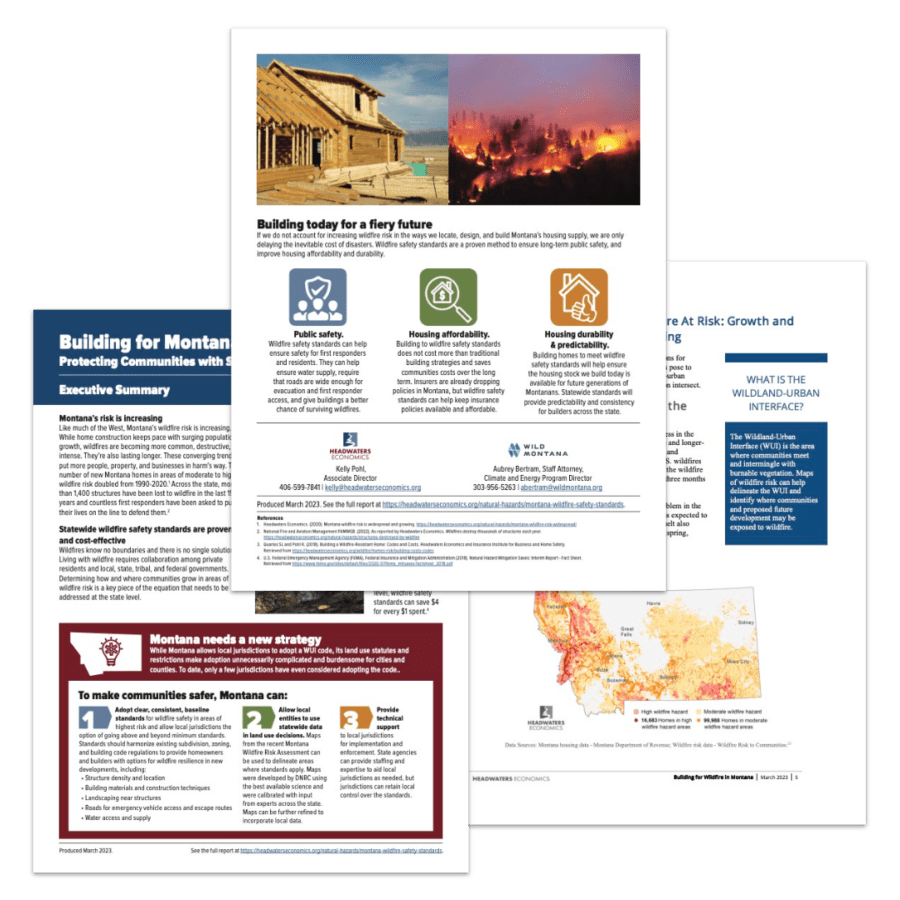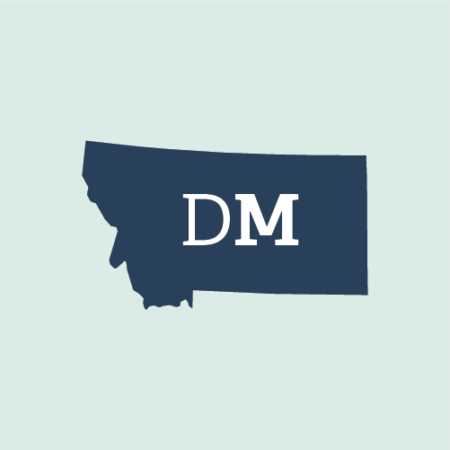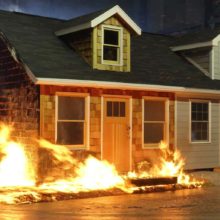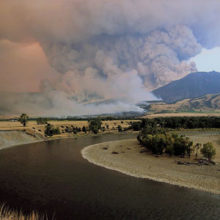Like much of the West, Montana’s wildfire risk is increasing. While home construction keeps pace with surging population growth, wildfires are becoming more common, destructive, and intense. They’re also lasting longer.
These converging trends put more people, property, and businesses in harm’s way. The number of new Montana homes in areas of moderate to high wildfire risk doubled from 1990-2020. Across the state, more than 1,400 structures have been lost to wildfire in the last 15 years and countless first responders have been asked to put their lives on the line to defend them.
To help Montana prepare for this challenge Headwaters Economics and Wild Montana have released a report that explores the opportunities and solutions for reducing the financial, human, and resource costs that wildfires pose to communities throughout Montana.
The report, Building for Wildfire in Montana, pays particular attention to the challenges and solutions for the wildland-urban interface (WUI), the region where housing and wildlands intersect.
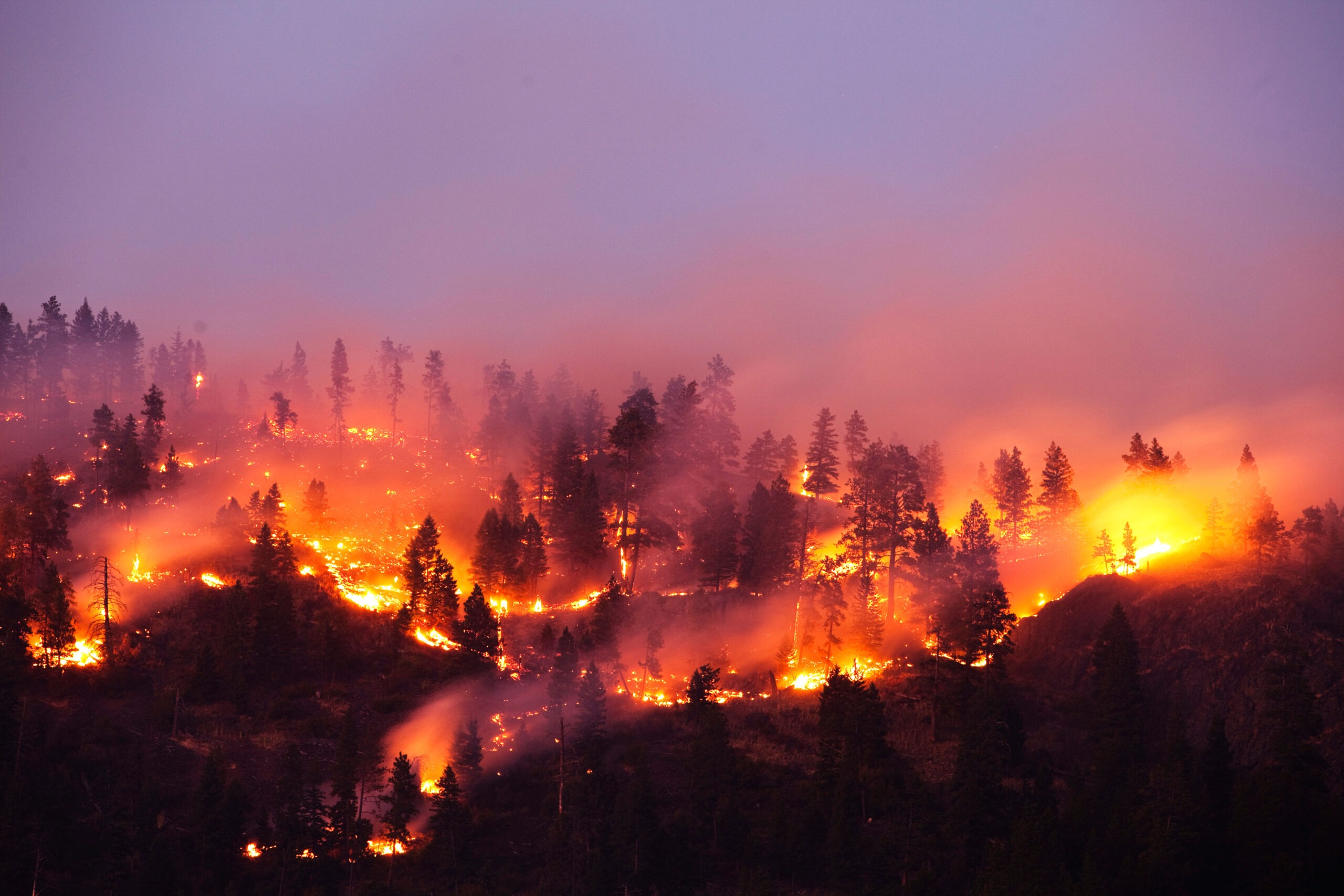
Statewide wildfire safety standards are proven and cost-effective
Wildfires know no boundaries and there is no single solution. Living with wildfire requires collaboration among private residents and local, state, tribal, and federal governments. Determining how and where communities grow in areas of wildfire risk is a key piece of the equation that needs to be addressed at the state level.
Montana’s legislators have limited control over the incidence, intensity, and duration of wildfires. They also have limited options when it comes to a wave of population growth, or the factors that contribute to the human desire to build near wild spaces. However, they do have at their disposal a proven opportunity to reduce the destructive risk of wildfires: the enactment of statewide wildfire safety standards.
Also known as wildland-urban interface (WUI) codes, statewide wildfire safety standards can help direct new home development toward areas of lower risk, ensure buildings are constructed with wildfire in mind, and help develop road and water infrastructure to keep residents and first responders safe. Studies show that the costs of constructing new homes to meet wildfire safety standards are comparable to traditional building strategies. In fact, at the community level, wildfire safety standards can save $4 for every $1 spent.
Montana needs a new strategy to make communities safer
While Montana allows local jurisdictions to adopt a WUI code, its land use statutes and restrictions make adoption unnecessarily complicated and burdensome for cities and counties. To date, only a few jurisdictions have even considered adopting a code. The report details how a WUI code could be structured in a way that protects communities and respects local autonomy:

Adopt clear, consistent, baseline standards for wildfire safety in areas of highest risk and allow local jurisdictions the option of going above and beyond minimum standards. Standards should harmonize existing subdivision, zoning, and building code regulations to provide homeowners and builders with options for wildfire resilience in new developments, including:
- Structure density and location
- Building materials and construction techniques
- Landscaping near structures
- Roads for emergency vehicle access and escape routes
- Water access and supply

Allow local entities to use statewide data in land use decisions. Maps from the recent Montana Wildfire Risk Assessment can be used to delineate areas where standards apply. Maps were developed using the best available science and were calibrated with input from experts across the state. They can be further refined to incorporate local data.

Provide technical support to local jurisdictions for implementation and enforcement. State agencies can provide staffing and expertise to aid local jurisdictions as needed, but jurisdictions can retain local control over the standards.
Subscribe to our newsletter!
Building for a future with more fire can bring broad benefits.
If Montanans do not account for increasing wildfire risk in the ways they locate, design, and build Montana’s housing supply, they are only delaying the inevitable cost of disasters. Wildfire safety standards are a proven method to ensure long-term public safety and improve housing affordability and durability.

Public safety
Wildfire safety standards can help ensure safety for first responders and residents. They can help ensure water supply, require that roads are wide enough for evacuation and first responder access, and give buildings a better chance of surviving wildfires.

Housing affordability
Building to wildfire safety standards does not cost more than traditional building strategies and saves communities costs over the long term. Insurers are already dropping policies in Montana, but wildfire safety standards can help keep insurance policies available and affordable.

Housing durability & predictability
Building homes to meet wildfire safety standards will help ensure the housing stock we build today is available for future generations of Montanans. Statewide standards will provide predictability and consistency for builders across the state.
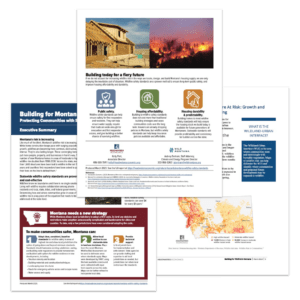
Acknowledgments
Marcus Pearson of Pearson Law Group contributed to this report.

